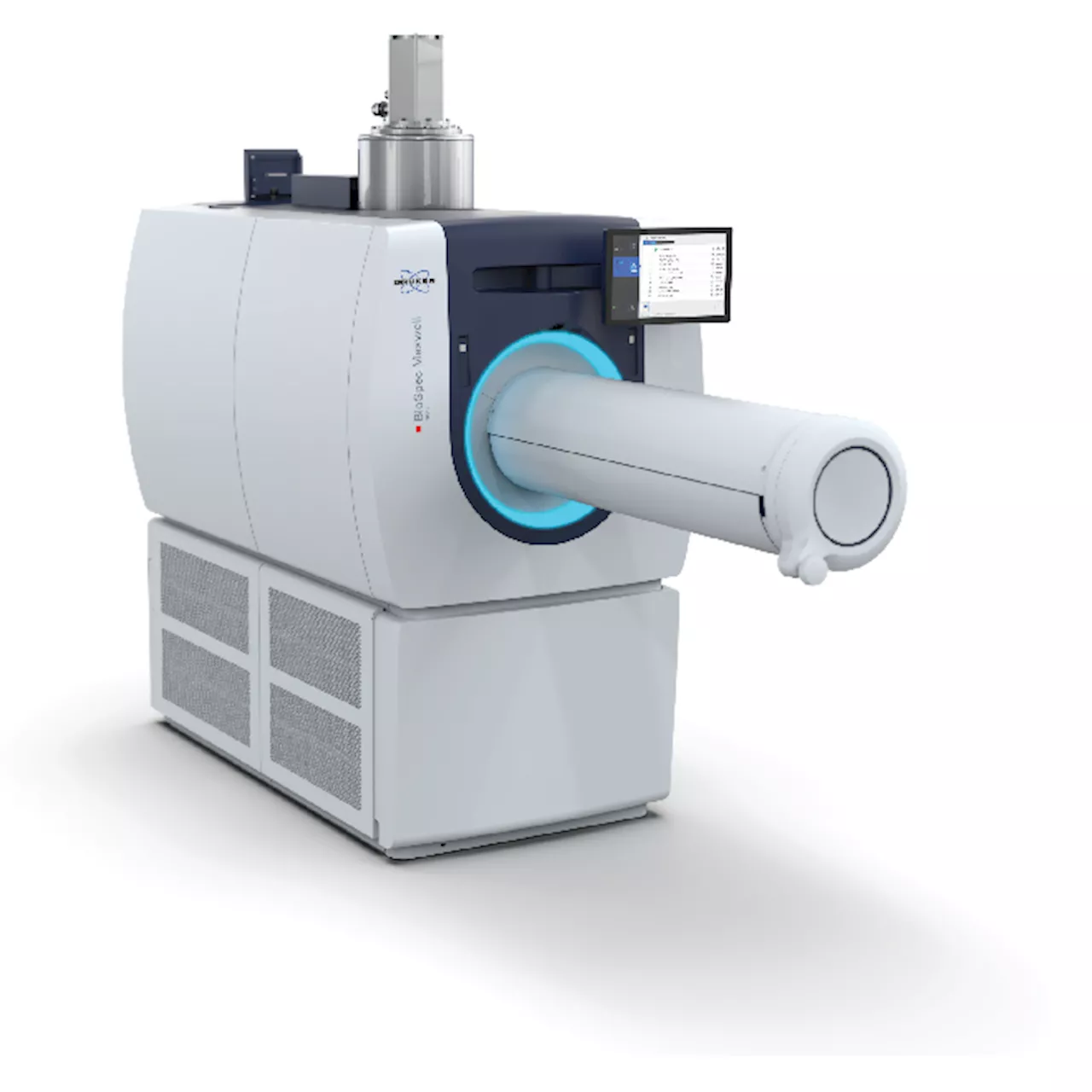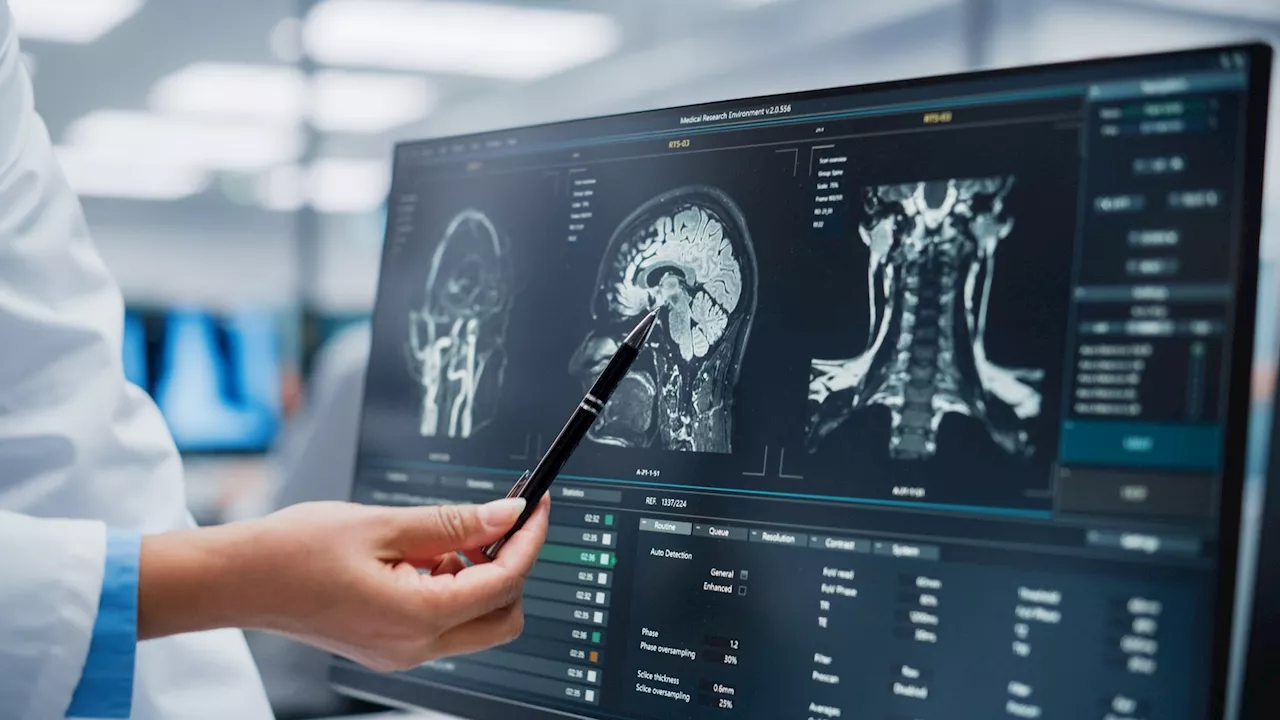The Case Center for Imaging Research (CCIR) at Case Western Reserve University and University Hospitals – Cleveland Medical Center fosters a collaborative environment for researchers across multiple disciplines to utilize advanced imaging techniques for medical and scientific breakthroughs.
The Case Center for Imaging Research (CCIR), situated within the Department of Radiology at Case Western Reserve University (CWRU) and University Hospitals – Cleveland Medical Center (UHCMC) in Cleveland, Ohio, stands as a hub for cutting-edge medical and scientific research utilizing sophisticated imaging techniques.
The CCIR's strategic location within University Hospitals of Cleveland fosters a collaborative environment, bringing together researchers from diverse disciplines, including imaging, mathematics, chemistry, physics, biomedical engineering, and radiology. This interdisciplinary approach aims to advance medical science through innovative imaging solutions. The Imaging Research Core, a functional branch of the CCIR at CWRU, focuses on providing researchers across Northeast Ohio with access to novel imaging methodologies.Professor Chris Flask, a tenured professor at the CCIR, leverages magnetic resonance imaging (MRI) to delve into disease mechanisms, interpret findings, determine optimal treatment strategies, and identify the limitations of each imaging method. His research pursuits encompass the development of new, rapid, and reproducible quantitative MRI techniques, including magnetic resonance fingerprinting methods, and their application in understanding various genetic conditions such as cystic fibrosis, autosomal recessive and dominant polycystic kidney disease, and sickle cell disease. Professor Flask's research thrives on close collaboration with radiologists and clinicians within the hospital, translating his findings into tangible benefits for patients. These advancements in imaging promise to enhance diagnostic accuracy, treatment effectiveness, patient comfort, safety, and affordability.'We have experts from multiple fields pooling their knowledge to address medical challenges from an imaging perspective, uncovering unique and profound insights,' Professor Flask explains. 'Collaboration has become the gold standard in biomedical research because tackling these complex issues requires a collective effort. We strive to work together and apply imaging techniques with the ultimate goal of improving patient care.' Professor Flask and his team utilize advanced technology from Bruker, pushing the boundaries of MRI and imaging technology. Their research focuses on developing novel approaches to preclinical animal studies, ensuring the findings can be readily translated to clinical settings, ultimately benefiting human patients. The CCIR's journey began in 1999 when the National Cancer Institute recognized medical imaging, particularly cellular and molecular imaging, as a crucial avenue for cancer treatment. Motivated by CWRU's robust imaging program within the School of Medicine and the Case School of Engineering, faculty members Jeffrey Duerk, PhD, Jonathan Lewin, MD, and David Wilson, PhD, envisioned the establishment of the CCIR. Construction commenced in 2001, following a $12 million university commitment dedicated to faculty startup costs, renovations, staff, and pilot funding. Professor Flask, then a graduate student pursuing his own research, played a pivotal role in coordinating the design and construction of the upcoming facility. The center officially launched in 2005. 'That's also when I started working closely with Bruker on site planning, ensuring the MRI experiments were tailored to the CCIR's specific needs,' he recalls. The relationships Professor Flask forged during those formative years laid the groundwork for the CCIR's collaborative ethos, which persists today. 'Preclinical research was booming at the time,' he states. 'My role was to figure out how to get the lab built and operational. It was incredibly fortunate because I interacted with almost everyone at CWRU and University Hospitals – Cleveland Medical Center to seek assistance, enabling me to build strong connections. Those interactions marked the beginning of the highly collaborative environment we've cultivated at the CCIR, allowing us to hit the ground running and expand rapidly once the center opened.'From its inception, the CCIR team has championed the belief that preclinical and clinical researchers from diverse backgrounds collaborating together can yield a more comprehensive approach to tackling intricate medical challenges. Integrating preclinical and clinical research accelerates the translation of scientific discoveries from the laboratory to real-world applications, paving the way for innovative patient care advancements and medical breakthroughs. 'We had a unique opportunity because the CCIR is part of the Department of Radiology at CWRU and University Hospitals,' Professor Flask emphasizes. 'It's not a typical setup. Our approach centers around bringing together basic scientists and clinicians, utilizing imaging as a unifying scientific platform. The people and the collaborations are what truly make the difference.
MRI Imaging Research Collaboration Preclinical Research Clinical Research
United Kingdom Latest News, United Kingdom Headlines
Similar News:You can also read news stories similar to this one that we have collected from other news sources.
 Karimoku Research Center Opens With ‘Survey 00: Wood, The Age of Wood’The inaugural exhibition at Karimoku Research Center in Tokyo explores the multifaceted nature of wood, celebrating its historical significance, craftsmanship, and enduring beauty.
Karimoku Research Center Opens With ‘Survey 00: Wood, The Age of Wood’The inaugural exhibition at Karimoku Research Center in Tokyo explores the multifaceted nature of wood, celebrating its historical significance, craftsmanship, and enduring beauty.
Read more »
 Envisioning Pathological Processes in the Central Nervous System Using Preclinical MRIThis article explores the use of magnetic resonance imaging (MRI) in preclinical neurological research. It highlights the role of MRI in understanding and studying various neurological conditions in animal models, emphasizing its contribution to drug development and validation of clinical imaging findings. The text focuses on Bruker's BioSpec Maxwell series as a powerful tool for preclinical MRI, featuring its different field strengths, coil options, and software capabilities. It also discusses advanced MRI techniques for metabolic and functional imaging, offering a deeper insight into pathological processes in the central nervous system.
Envisioning Pathological Processes in the Central Nervous System Using Preclinical MRIThis article explores the use of magnetic resonance imaging (MRI) in preclinical neurological research. It highlights the role of MRI in understanding and studying various neurological conditions in animal models, emphasizing its contribution to drug development and validation of clinical imaging findings. The text focuses on Bruker's BioSpec Maxwell series as a powerful tool for preclinical MRI, featuring its different field strengths, coil options, and software capabilities. It also discusses advanced MRI techniques for metabolic and functional imaging, offering a deeper insight into pathological processes in the central nervous system.
Read more »
 New Radiotracer Lights Up Treatment-Resistant Cancers on Imaging ScansA groundbreaking research at King's College London has developed a radiotracer that can illuminate treatment-resistant cancers on imaging scans, potentially revolutionizing cancer treatment by allowing for better targeting and treatment decisions.
New Radiotracer Lights Up Treatment-Resistant Cancers on Imaging ScansA groundbreaking research at King's College London has developed a radiotracer that can illuminate treatment-resistant cancers on imaging scans, potentially revolutionizing cancer treatment by allowing for better targeting and treatment decisions.
Read more »
 Imaging Breakthrough Reveals How Adhesion GPCRs WorkUniversity of Chicago researchers use advanced imaging techniques to study the structure of aGPCRs, offering new insights into how these important proteins function and paving the way for potential new drug development.
Imaging Breakthrough Reveals How Adhesion GPCRs WorkUniversity of Chicago researchers use advanced imaging techniques to study the structure of aGPCRs, offering new insights into how these important proteins function and paving the way for potential new drug development.
Read more »
 New Molecular Imaging Agent Accurately Identifies Cancer BiomarkerResearchers develop new radiotracers that can precisely visualize the Trop2 biomarker, potentially leading to improved diagnosis and treatment of various cancers.
New Molecular Imaging Agent Accurately Identifies Cancer BiomarkerResearchers develop new radiotracers that can precisely visualize the Trop2 biomarker, potentially leading to improved diagnosis and treatment of various cancers.
Read more »
 Advanced Imaging Reveals More Advanced Prostate Cancer CasesA new study using PSMA-PET imaging found that many high-risk prostate cancer cases previously classified as nonmetastatic may actually have spread beyond the initial location. This highlights the importance of advanced imaging in accurately staging prostate cancer and informing treatment decisions.
Advanced Imaging Reveals More Advanced Prostate Cancer CasesA new study using PSMA-PET imaging found that many high-risk prostate cancer cases previously classified as nonmetastatic may actually have spread beyond the initial location. This highlights the importance of advanced imaging in accurately staging prostate cancer and informing treatment decisions.
Read more »
